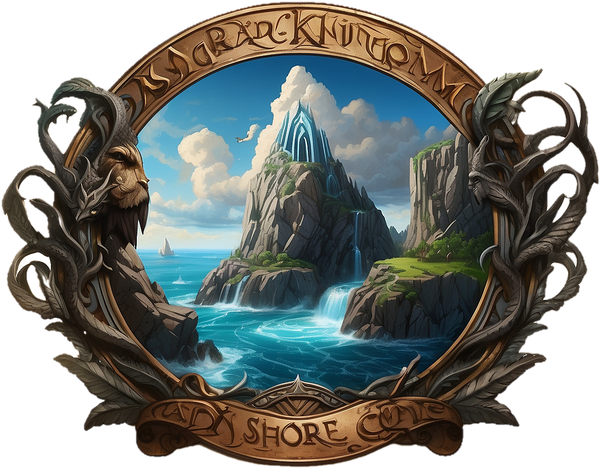Viking Hairstyles: Symbolism, Power & the Warrior's Identity
Share
Viking hairstyles are far more than a rugged fashion statement. They carry meaning. A declaration. A nod to the spirit of warriors who carved their legacy into the bones of history. In 2025, these styles are experiencing a fierce revival — and not just for looks.
They represent a mindset. Strength. Rebellion. Identity.
The Roots of Viking Hairstyles
In Norse culture, appearance wasn't vanity — it was expression. Warriors often braided their hair tightly before battle, not only to keep it out of their faces, but as a ritual. It was believed that braids and knots offered protection, order in chaos, and a symbol of readiness.
While historical evidence is limited, accounts like those from Arab traveler Ahmad Ibn Fadlan describe Norsemen with long, well-kept hair and intricate grooming. Their styles were clean, deliberate, and bold.
Whether it was the battle braid, the knotted beard, or the clean-shaven sides, each variation was tied to status, ritual, and readiness for war.
Types of Viking Hairstyles Still Worn Today
- Undercut with top knot – Inspired by warriors who kept the sides clean to minimize hair-pulling in combat.

- Braided mohawk – A blend of ferocity and craftsmanship, often paired with runic carvings or tattoos.

- Long braids or dreadlocks – Symbolizing endurance, wild spirit, and reverence for tradition.

- Shaved sides with back braid – A blend of control and chaos — structure on the edges, wildness at the core.

These styles are often paired with beard braids or rings, enhancing the full look of a modern-day berserker.
Runes & Hairstyles: Pairing Meaning with Style
Some take it further, weaving symbolism into their appearance, pairing their hair with specific runes or symbols that match their mindset.
- Tiwaz Rune (ᛏ) – The warrior’s path, tied to victory and honor. Often embraced by those who choose mohawks or center braids.
- Algiz Rune (ᛉ) – Protection and spiritual awareness. A fitting choice for crowned braids or balanced, symmetrical styles.
- Sowilo Rune (ᛋ) – Success, drive, and personal power. Suits classic undercuts or top-knot styles aimed at clean focus and strength.
The runes aren’t decorations — they’re declarations. They bring meaning to the look, turning fashion into a personal banner.
Why Viking Hairstyles Resonate Today
This resurgence isn’t just about trends. People across the world wear Viking hairstyles because they feel something. A call. A pull to reclaim grit in a world of polish.
Many who adopt these styles don’t do so for attention — they do it as a quiet rebellion against conformity.
Because a braid can carry more weight than a crown.
Cultural Meaning in 2025
Today, these hairstyles represent:
- A rebellion against sameness
- A connection to one’s roots, even if those roots are symbolic
- A visible reminder of strength, control, and identity
- A style that says: "I know who I am. And I’m not afraid to show it."
As more people embrace Norse culture — from rings and runes to axes and amulets — the rise of Viking hairstyles becomes more than aesthetic. It’s a cultural revival. One where meaning, mythology, and self-expression collide.
Final Thought
The battlefield looks different today. But whether you're walking into a boardroom or into the wild, the warrior spirit lives on.
And for many, it starts with how they wear their hair.
